LLY Stock Forecast: Mounjaro Momentum
![]() This LLY Stock Forecast article was written by Milana Papadopoulou – Financial Analyst at I Know First.
This LLY Stock Forecast article was written by Milana Papadopoulou – Financial Analyst at I Know First.
Highlights
- Eli Lilly posts over 40% revenue growth in 2025, led by GLP-1 therapies Mounjaro and Zepbound
- Cardiometabolic drugs drive nearly three-quarters of total revenue
- Novo Nordisk remains the main competitor in diabetes and obesity drugs
LLY Forecast: Brief History
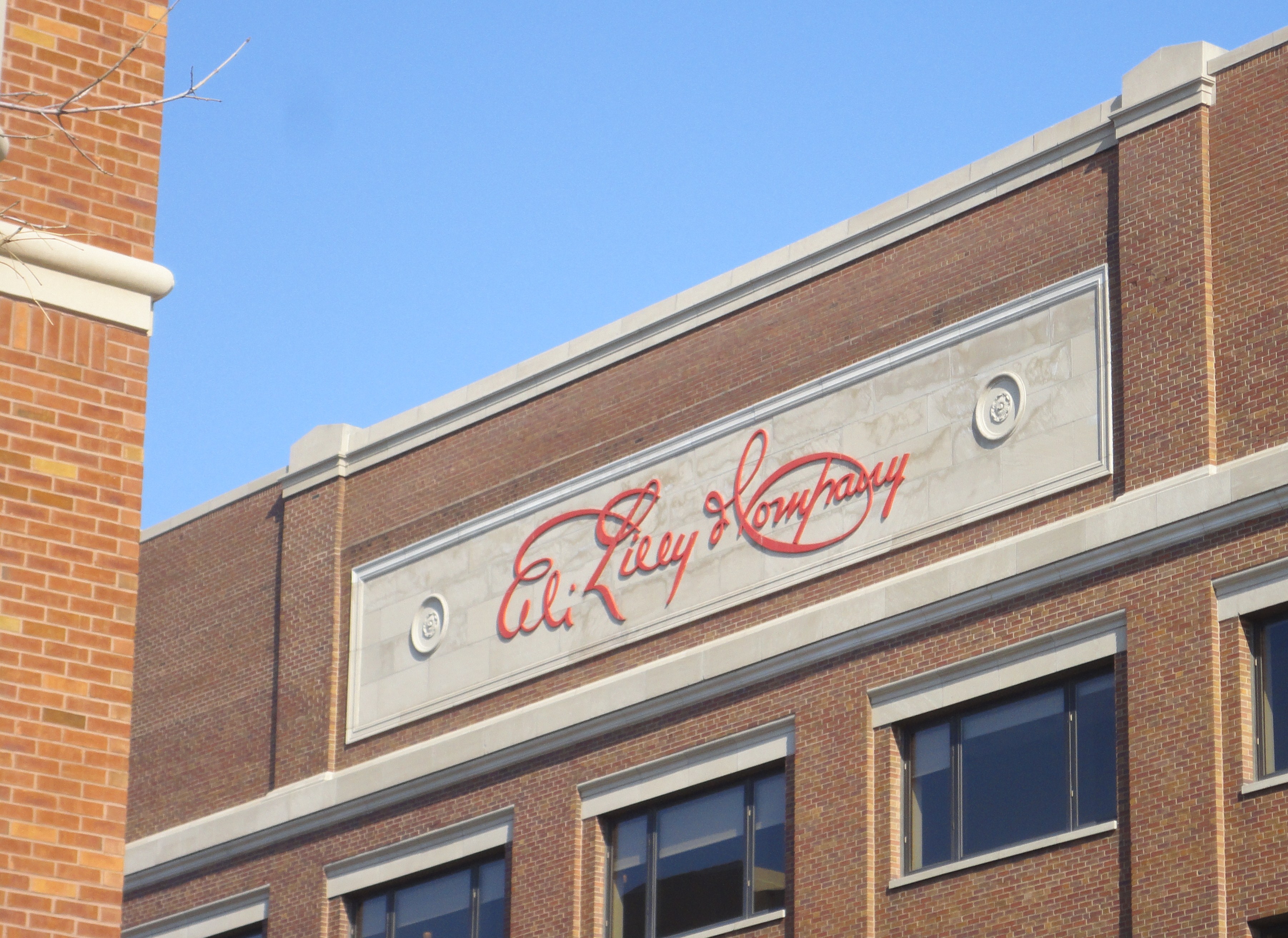
Eli Lilly and Company, founded in 1876 by Colonel Eli Lilly in Indianapolis, Indiana, is one of the oldest and most influential pharmaceutical firms in the world. The company built its reputation on innovation and scientific rigour, introducing some of the first commercially available insulin products in the 1920s and pioneering treatments for depression, diabetes, and cancer throughout the 20th century. Over nearly 150 years, Lilly has evolved from a regional drug manufacturer into a global biopharmaceutical leader, with operations in more than 100 countries and a focus on therapies in endocrinology, oncology, immunology, and neuroscience.
Year-to-date Performance
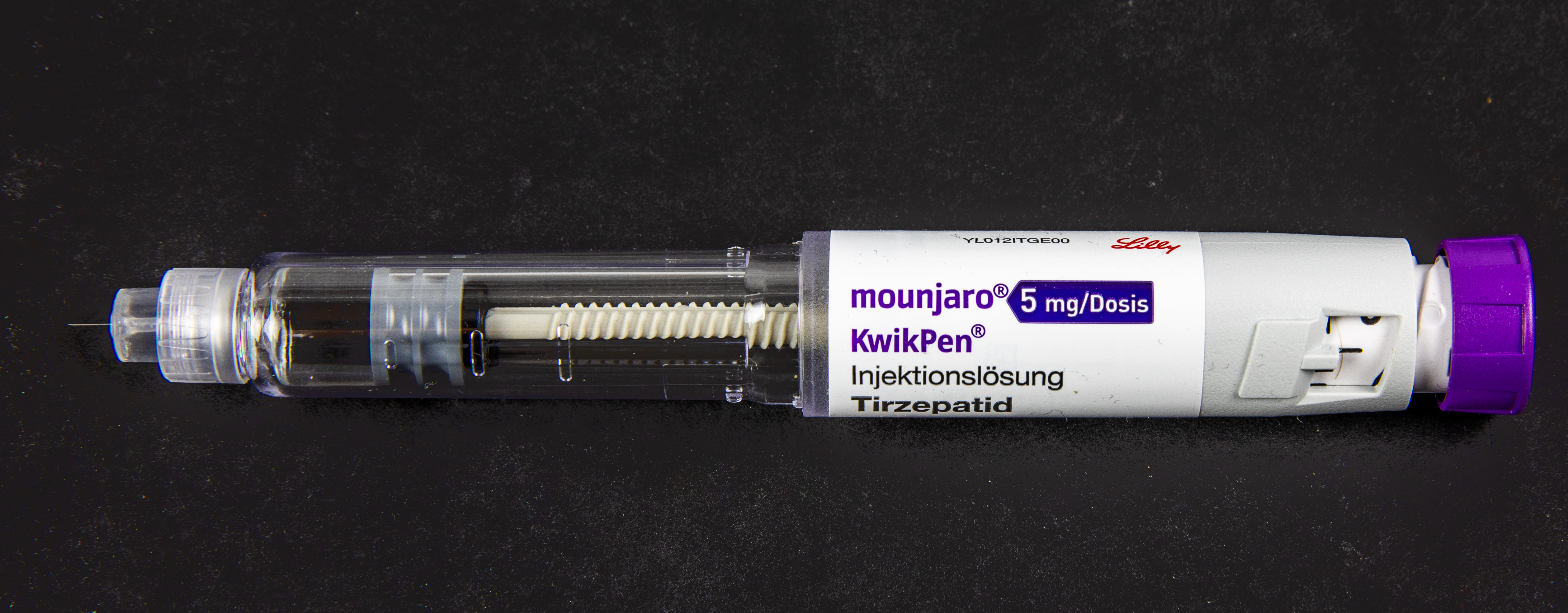
In the first half of 2025, Eli Lilly maintained strong momentum across its core franchises, led by Mounjaro and Zepbound. First-quarter revenue reached about $12.7 billion, up roughly 45% year over year, with non-GAAP EPS of $3.34. The second quarter extended that trajectory as revenue rose to $15.6 billion, up 38% from the prior year, while net income climbed to $5.7 billion and diluted EPS nearly doubled to $6.29. Growth was powered by soaring demand for GLP-1 therapies, even as pricing and foreign-exchange headwinds persisted.
Management’s tone throughout 2025 has remained confident, supported by steady execution and rising investor optimism. In August, Lilly raised its full-year revenue guidance to $60–62 billion and adjusted EPS to $21.75–$23.00, reflecting sustained strength in demand. The company continues to expand production capacity to meet growing prescription volumes, though pricing pressure and tougher year-over-year comparisons could test margins in the second half of the year.
Revenue Analysis
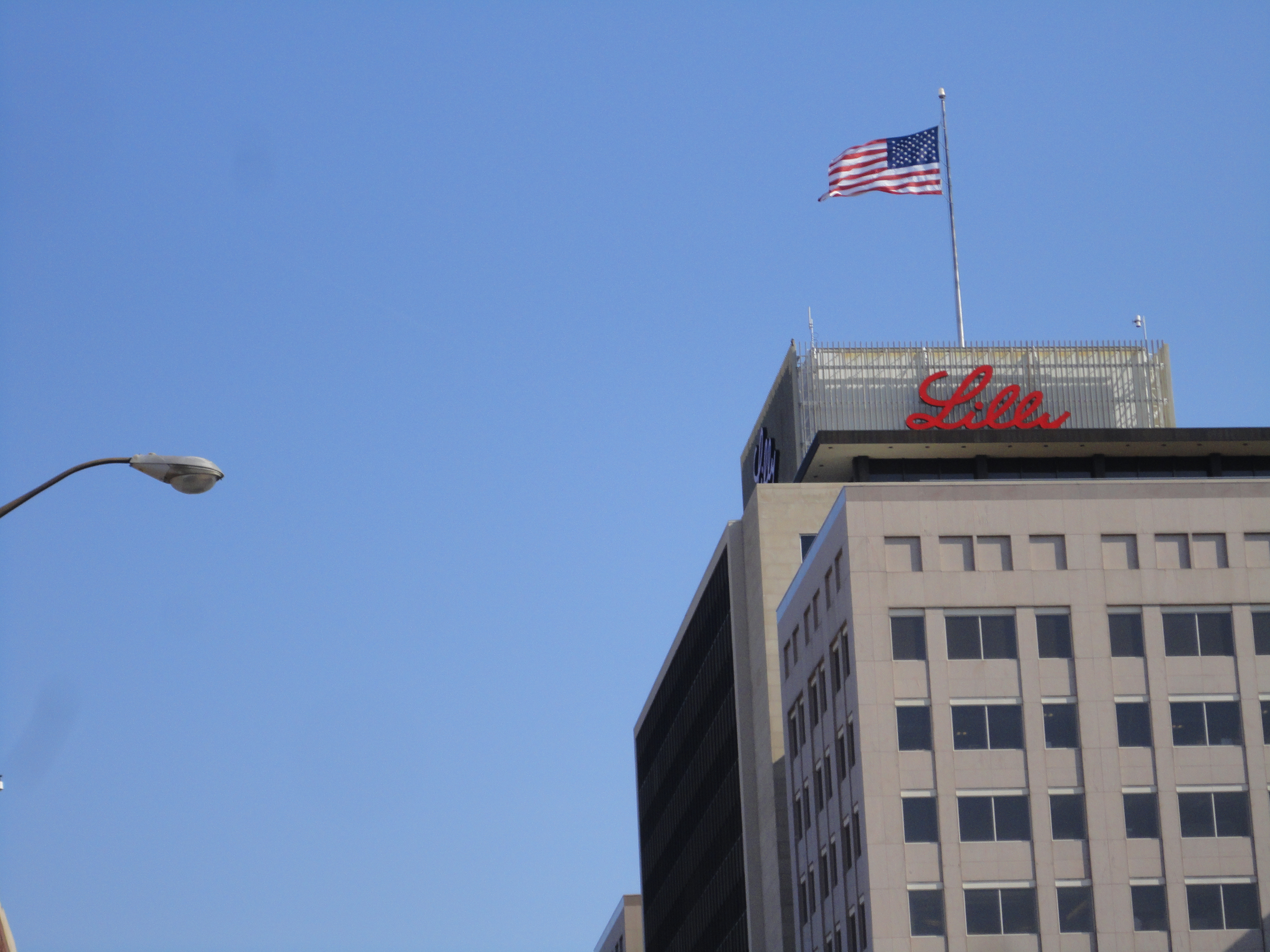
In 2025 to date, most of Lilly’s top-line growth has come from its net product revenue segment, which accounted for about 94.65% of total revenue in Q2 2025, with the remainder coming from collaboration and other revenue (around 5.35%). Within product sales, cardiometabolic health—covering diabetes, obesity, and related metabolic drugs—is the dominant driver, representing 72.91% of total revenue in Q2. Growth in that segment has been led by Mounjaro and Zepbound, which together generated about $8.58 billion, or roughly 55% of total quarterly revenue. Other contributors include oncology (about 15.5% of revenue) and immunology (around 8.1%), driven by Verzenio and Taltz, respectively.
Geographically, the United States remains Lilly’s primary market. In Q2 2025, U.S. revenue was $10.81 billion, representing around 69.5% of total revenue, while markets outside the U.S. contributed $4.74 billion, or about 30.5%. In Q1 2025, non-U.S. revenue reached $4.24 billion, up 38% year over year, supported by strong demand for Mounjaro and other key therapies. Within the international mix, Europe accounts for approximately 15–16% of total revenue, with China and Japan contributing about 3–4% each.
“Star” Products
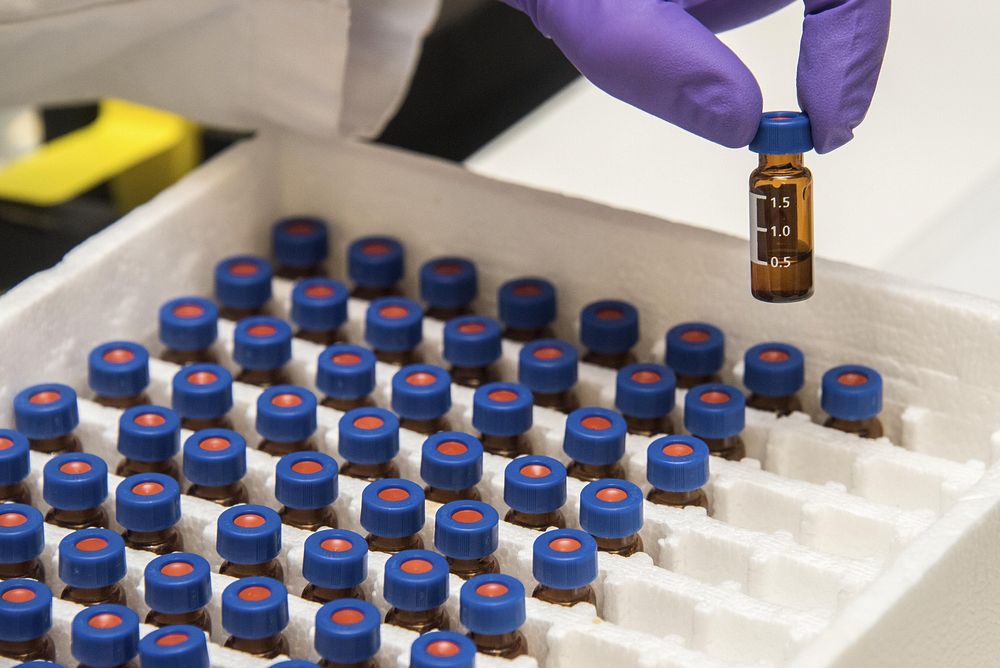
Among its primary products, Mounjaro (tirzepatide for type 2 diabetes) and Zepbound (the same molecule for obesity, weight management, and now obstructive sleep apnea) stand out as the clear powerhouses. Beyond those, Lilly also leans on Kisunla (donanemab for Alzheimer’s), along with emerging pipeline assets like orforglipron, an oral GLP-1 candidate now showing promising late-stage results.
Main Competitors
In the diabetes, obesity, and metabolic segment, Lilly’s chief competitor is Novo Nordisk, whose semaglutide-based drugs Ozempic and Wegovy dominate the market. Other emerging players include Viking Therapeutics with its GLP-1 candidate, and Roche, which recently entered the space through partnerships to develop next-generation obesity treatments.
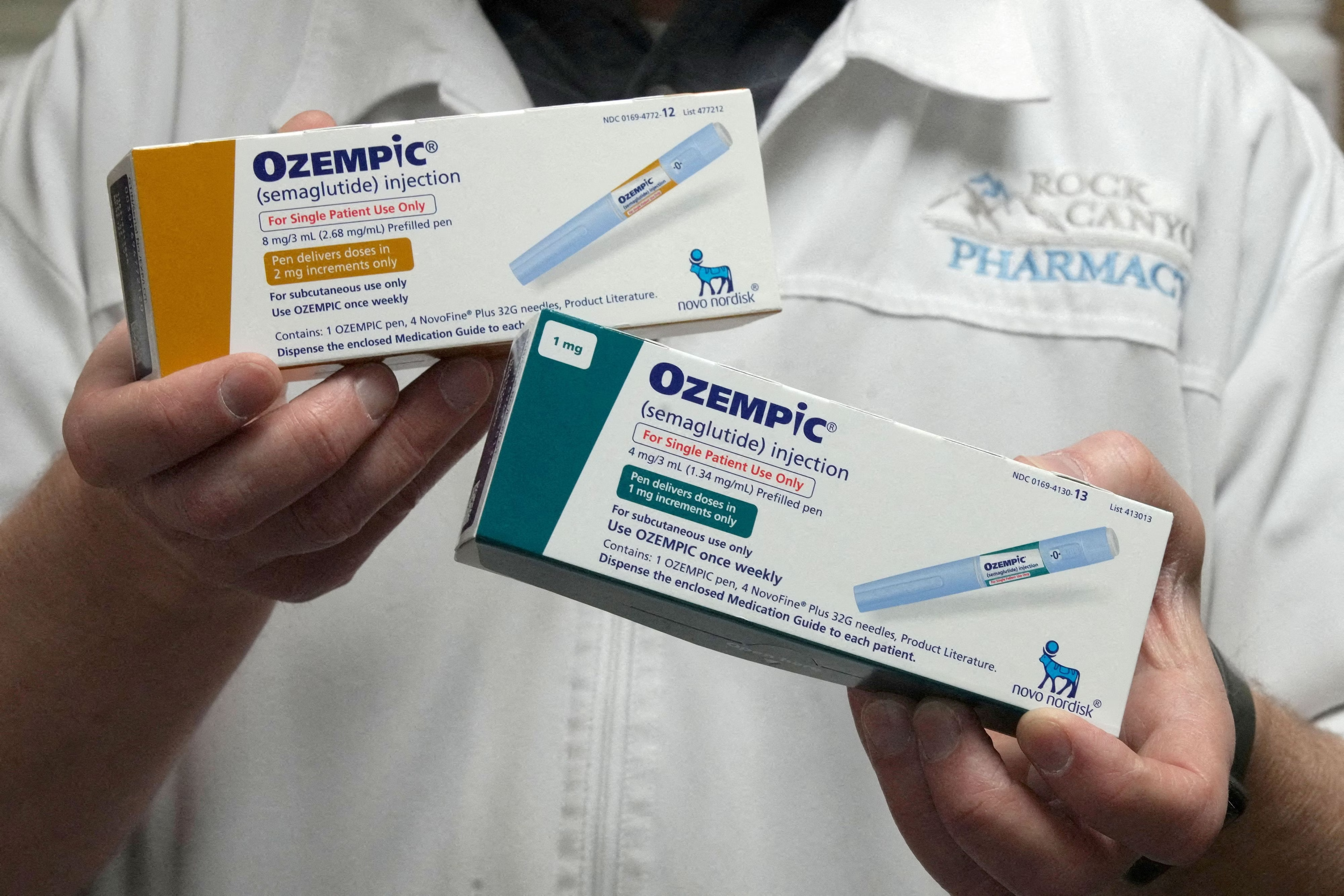
In neurology, particularly Alzheimer’s, Lilly competes primarily with Biogen and Eisai, whose drug Leqembi targets a similar anti-amyloid pathway. Smaller biotech firms are also active in this space, exploring alternative approaches to Alzheimer’s therapeutics.
In oncology and immunology, Lilly faces competition from global pharmaceutical leaders such as Roche, Pfizer, Merck, Novartis, and Bristol-Myers Squibb, all of which have extensive portfolios in cancer and biologics across overlapping therapeutic areas.
Profitability
Eli Lilly demonstrates strong profitability compared to its peers, supported by efficient operations and a high-margin product mix. The company’s trailing twelve-month net profit margin is about 25.9%, with an operating margin near 45.8%, reflecting solid cost discipline and scale benefits. Its return on equity, around 86%, and return on assets, about 16%, are among the highest in the sector. Novo Nordisk, Lilly’s closest peer, typically reports slightly higher net margins in the 30–35% range and operating margins around 40%, while other major pharmaceutical firms generally operate with lower returns.
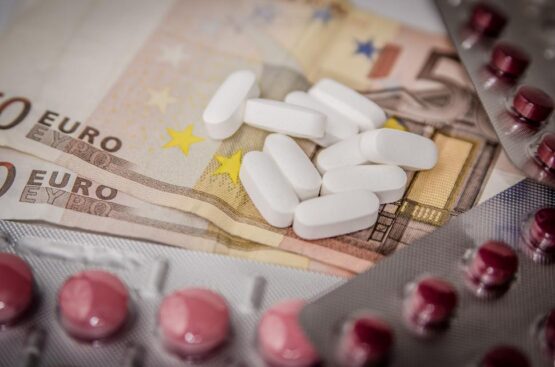
Supply and Execution Risks
Lilly’s biggest near-term challenge is scaling manufacturing to match the surging demand for its GLP-1 therapies. Production bottlenecks have constrained the availability of both Mounjaro and Zepbound, particularly in the U.S., where new prescriptions continue to outpace supply. The company is investing heavily in new facilities in Indiana and abroad, but bringing these plants online takes time. Operationally, manufacturing quality remains under scrutiny following FDA inspection findings at Lilly’s New Jersey site, which cited maintenance and process deficiencies. Any prolonged disruption or compliance issues could slow shipments and erode investor confidence.
Regulatory Risks
Beyond supply, Lilly faces growing pressure from pricing and policy. U.S. lawmakers and payors are scrutinising the cost of weight-loss medications, while compounding pharmacies and telehealth operators continue to sell unapproved GLP-1 versions that undercut branded drugs. On the R&D front, there are a few approvals LLY is in the process of obtaining, such as for orforglipron, Lilly’s oral GLP-1. A delay or negative outcome could temper revenue expectations and instil market volatility.
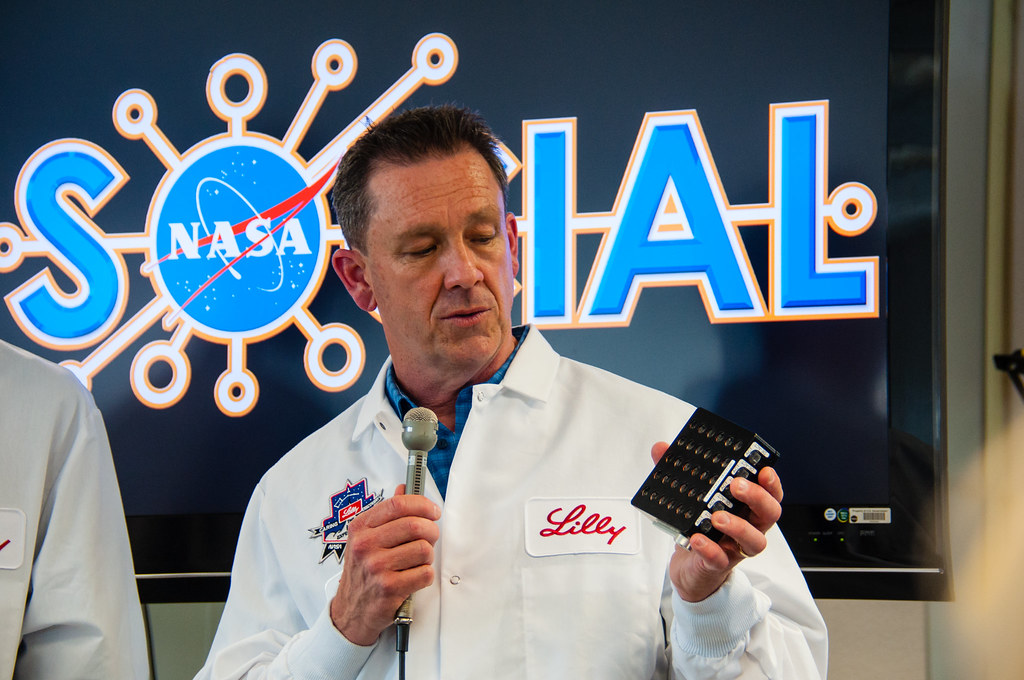
Dividend Policy
Eli Lilly’s forward dividend yield is around 0.7%, with a payout ratio of roughly 37%. The company has a strong record of annual dividend increases but maintains a relatively modest yield as it prioritises reinvestment and growth. By comparison, Pfizer offers a much higher yield of about 7%, Merck averages around 3%, and Novo Nordisk, Lilly’s closest peer in the metabolic segment, yields near 1.9%. Overall, Lilly’s dividend policy reflects a balance between consistent shareholder returns and a focus on funding expansion in its high-growth therapeutic areas.
LLY Forecast: Peer Multiples
When compared with its peers, Eli Lilly trades at a significantly higher valuation multiple, reflecting the market’s confidence in its sustained growth and pipeline potential. Recent analyses show that Novo Nordisk, Lilly’s closest competitor in the GLP-1 segment, trades at a price-to-sales ratio of approximately 4.9 times, while Lilly’s valuation has reached as high as 14 times in some estimates. It is a considerable premium despite Novo’s larger international footprint. In terms of price-to-earnings, Novo Nordisk is generally valued around 19 to 20 times forward earnings, whereas Eli Lilly’s multiple often exceeds 50 times, underscoring investor optimism about its near-term earnings trajectory and long-term product expansion.
Across the broader pharmaceutical and biotechnology sectors, typical enterprise-value-to-revenue ratios range between 8 and 10 times, suggesting that Lilly’s current valuation positions it well above industry norms. This multiple indicates that investors are assigning a substantial premium to Lilly’s growth prospects, particularly in the metabolic and neuroscience franchises. However, such a valuation also implies heightened sensitivity to execution risks, regulatory developments, and competitive pressures that could influence the company’s ability to sustain this premium over time.
LLY Forecast: Technical Analysis
Analysing LLY’s stock trajectory over the 52 weeks to date, the path has been somewhat volatile. This can be explained by the turbulence in the wider market, and it should be noted that LLY has fared better than its peers. In the same time period, Pfizer, Merck and Novo Nordisk stocks have tumbled significantly, as can be seen in the figure below, while LLY has declined only slightly. The three stocks, however, have a similar beta of around 0.45.

The Bollinger Bands indicator for LLY is bullish, showing that the moving average is on the uptrend and is trading within the range suggested by the bands. The stock price line, additionally, is above the moving average.
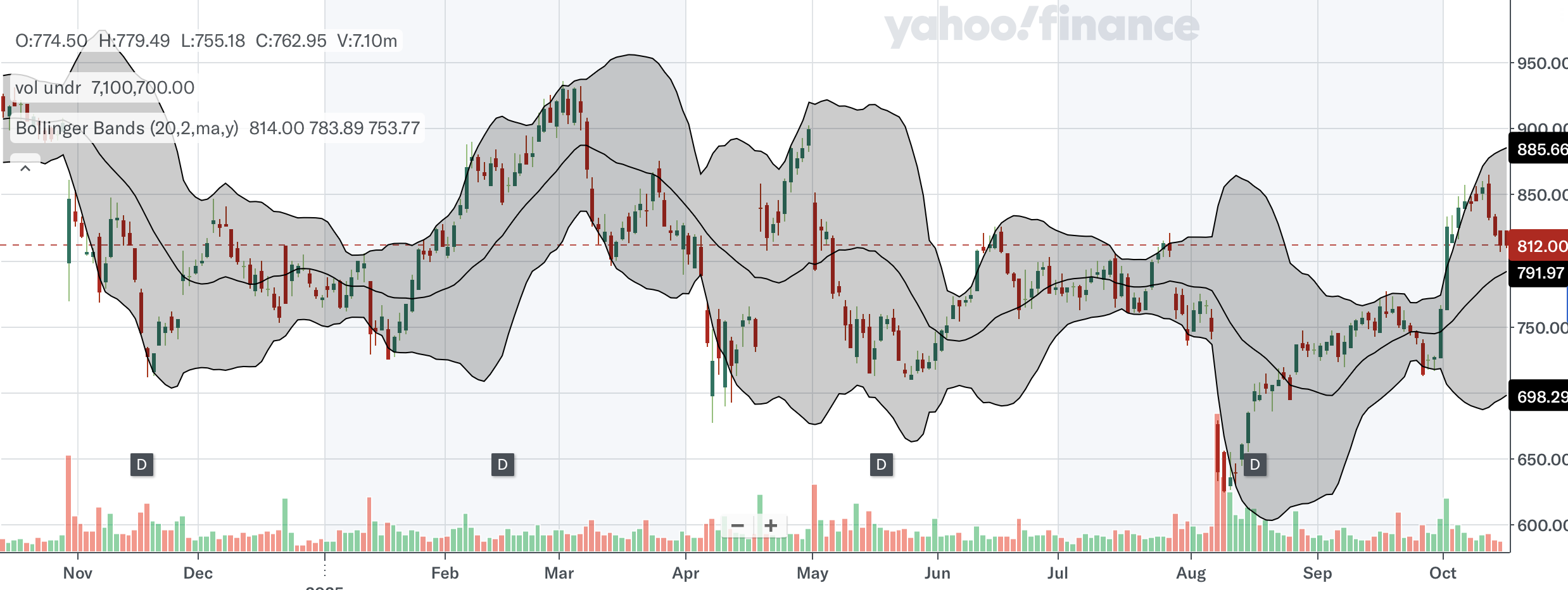
The Relative Strength Indicator supports that notion. It shows that the stock briefly ventured into the overbought territory in the first week of October, but has retraced out of it since. The Average True Range reduction also suggests that the turbulent period for the stock has subsided, and volatility has calmed. Thus, LLY is potentially at a suitable entrance point.

LLY Forecast: Conclusion
Eli Lilly remains well-positioned for sustained growth, supported by strong demand for its GLP-1 therapies, expanding tirzepatide indications, and a promising late-stage pipeline featuring the potential launch of its first oral GLP-1 treatment. The successful approval of this product could open new market segments and strengthen Lilly’s leadership in metabolic health.
While the company faces supply and pricing pressures, its disciplined reinvestment of profits into research, capacity expansion, and innovation continues to fuel long-term value creation. Although LLY trades at a premium to peers such as Novo Nordisk, Merck, and Pfizer, this is justified by its robust earnings growth and innovation. Given its strategic reinvestment focus, momentum, and exposure to high-demand sectors, Eli Lilly presents a compelling buy opportunity for investors seeking a balance of stability and growth.
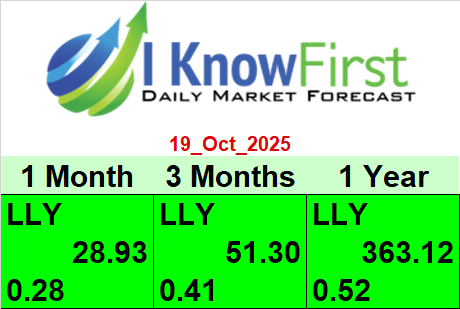
It is worth paying attention that the stock-picking AI of I Know First has a high signal on the one-year market trend forecasts. The dark green is a strong bullish signal for all horizons.

To subscribe today click here.
Please note-for trading decisions use the most recent forecast.











